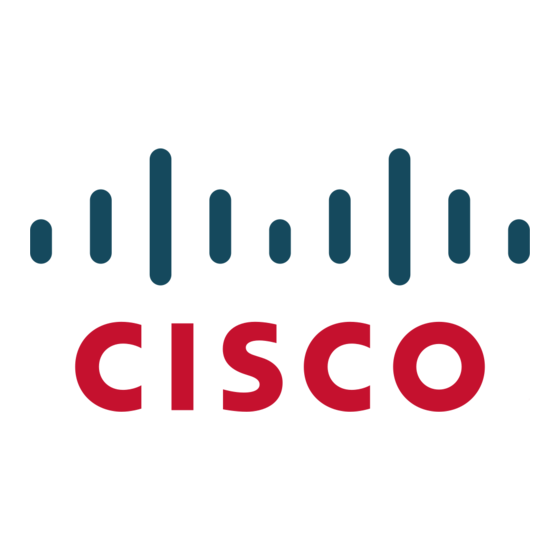The Catalyst 2950 LRE Series switches are capable of allocating bandwidth based on several criteria including MAC
source address, MAC destination address, IP source address, IP destination address, and TCP/UDP port number.
Bandwidth allocation is essential in network environments requiring service-level agreements or when it is necessary
for the network manager to control the bandwidth given to certain users. The Catalyst 2950 LRE Series switches
support up to 6 policers per LRE port and up to 60 policers on a Gigabit Ethernet port. This gives the network
administrator very granular control of LAN bandwidth.
Network Availability
To provide efficient use of resources for bandwidth-hungry applications like multicasts, the Cisco Catalyst 2950 LRE
Series Intelligent switches support Internet Group Management Protocol (IGMP) snooping in hardware. Through the
support and configuration of IGMP snooping via the Cisco CMS Software, Catalyst 2950 LRE Series switches deliver
outstanding performance and ease of use in administering and managing multicast applications on the LAN.
The IGMP snooping feature allows the switch to "listen in" on the IGMP conversation between hosts and routers.
When a switch hears an IGMP join request from a host for a given multicast group, the switch adds the host's port
number to the Group Destination Address (GDA) list for that group. And, when the switch hears an IGMP leave
request, it removes the host's port from the Content Addressable Memory (CAM) table entry.
PVST+ allows users to implement redundant uplinks while also distributing traffic loads across multiple links. This is
not possible with standard Spanning-Tree Protocol implementations. Cisco UplinkFast technology ensures immediate
transfer to the secondary uplink, much better than the traditional 30 to 60 second convergence time. This is yet another
enhancement of the Spanning-Tree Protocol implementation. An additional feature that enhances performance is
Voice VLAN. This feature allows network administrators to assign voice traffic to a VLAN dedicated to IP
telephony—simplifying phone installations and providing easier network traffic administration and troubleshooting.
Multicast VLAN Registration (MVR) is designed for applications using wide-scale deployment of multicast traffic
across an Ethernet ring-based service provider network (for example, the broadcast of multiple television channels
over a service-provider network). MVR allows a subscriber on a port to subscribe and unsubscribe to a multicast
stream on the network-wide multicast VLAN.
Network Management
The Cisco Cluster Management Suite (CMS) is Web-based software that is embedded in Catalyst 3550, 2950, 2950
LRE, 3500 XL, 2900 XL, and 2900 LRE XL switches. Through Cisco Switch Clustering technology, users access
Cisco CMS with any standard Web browser to manage up to 16 of these switches at once, regardless of their
geographic proximity—with the option of using a single IP address for the entire cluster if desired. With the addition
of the Catalyst 3550 switches, Cisco CMS Software can now extend beyond routed boundaries for even more
flexibility in managing a Cisco cluster.
Cisco CMS provides an integrated management interface for delivering intelligent services, such as multi-layer
switching, QoS, multicast and security access control lists (ACLs). Thus, CMS allows administrators to take
advantage of benefits formerly reserved for only the most advance networks without having to learn the
command-line interface (CLI) or even the details of the technology.
The new Guide Mode in Cisco CMS leads the user step-by-step through the configuration of advanced features and
provides enhanced online help for context-sensitive assistance. In addition, Cisco AVVID (Architecture for Voice,
Video, and Integrated Data) Wizards provide automated configuration of the switch to optimally support video
Cisco Systems, Inc.
All contents are Copyright © 2002 Cisco Systems, Inc. All rights reserved. Important Notices and Privacy Statement.
Page 5 of 19

